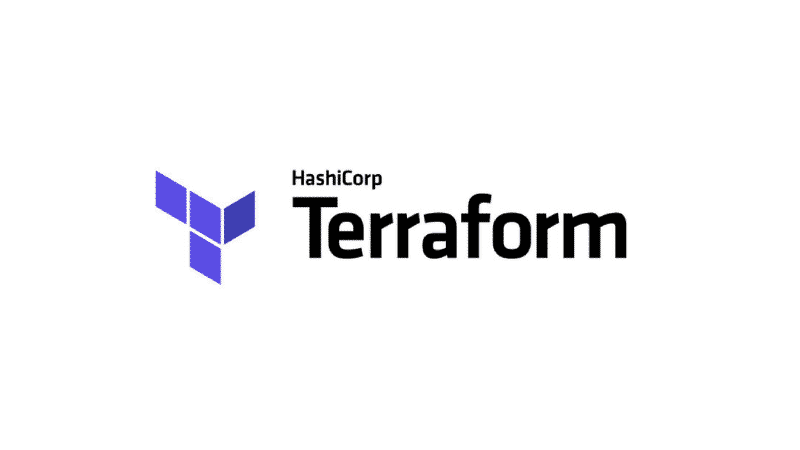Welcome to the World of Terraform 🌍
Hello, Everyone! 👋 In this series, we’ll explore the fascinating world of Terraform and how it can revolutionize your approach to infrastructure provisioning and management on Azure. 🚀
If you’re new to Terraform, don’t worry! We’ll start with the basics and gradually dive into the intricacies of infrastructure as code. 💡 Terraform is a powerful tool that can transform the way you work with cloud infrastructure.
In this first post, we’ll lay the groundwork for our Terraform journey. We’ll explore the core concepts, the benefits of declarative language, and how Terraform differs from other configuration management tools. 🤔
By the end of this article, you’ll have a solid understanding of Terraform’s key features and why it’s a game-changer in the world of cloud computing. ☁️ So, let’s get started! 🎉
The Power of Declarative Language 📝
Terraform’s declarative language simplifies infrastructure setup. Instead of specifying every step of the process, you simply describe your desired end state. For example, if you need three virtual machines with specific configurations, you define those requirements in Terraform code. Terraform then takes care of provisioning and configuring those resources, abstracting away the underlying complexity. This declarative approach makes your infrastructure code more readable, maintainable, and less error-prone. 🎯
Ensuring Compliance and Security 🔒
With Terraform, you can define your infrastructure as code, which enables you to enforce compliance and security policies. By codifying your infrastructure, you can implement tests and checks to ensure that your configurations adhere to your organization’s standards. This approach helps catch potential issues early in the development process, reducing the risk of non-compliant or insecure deployments. Additionally, version control systems like Git allow you to track changes, review code, and maintain an audit trail of your infrastructure modifications. 🛡️
Automating Deployments and Environment Consistency 🔄
Terraform makes it easier to create and manage multiple environments, such as development, staging, and production. With Terraform modules, you can encapsulate common configurations and reuse them across different environments. This promotes consistency and reduces the chances of discrepancies between environments. By parameterizing your Terraform code, you can easily customize each environment while maintaining a single source of truth. Automating your deployments with Terraform ensures that your infrastructure is provisioned consistently and reliably, saving time and minimizing human error. 🚀
Simplifying Infrastructure Management at Scale 🧩
As your infrastructure grows, manual management becomes increasingly complex and time-consuming. Terraform addresses this challenge by enabling you to manage your infrastructure as code. With Terraform, you can make changes to your infrastructure by modifying the code and applying those changes consistently across all resources. This approach allows you to version, test, and review your infrastructure changes, just like you would with application code. Terraform’s state management capabilities also help you keep track of your infrastructure’s current state and facilitate collaboration among team members. 📈
Terraform brings several advantages over manual infrastructure management:
- Reproducibility: Terraform enables you to create identical infrastructure environments, ensuring consistency across different stages of your development lifecycle. 🔄
- Scalability: With Terraform, you can easily scale your infrastructure up or down by modifying the code and applying the changes. This eliminates the need for manual provisioning and configuration. 📊
- Collaboration: Terraform’s code-based approach allows multiple team members to collaborate on infrastructure changes, leveraging version control systems for tracking and reviewing modifications. 👥
- Efficiency: Terraform’s declarative language and abstraction of low-level details make infrastructure provisioning and management more efficient, reducing the time and effort required. ⏰
Want to learn more? Stay tuned for blog post 2, where we’ll dive deeper into setting up Terraform for local development. Until then, happy exploring! 🌍
